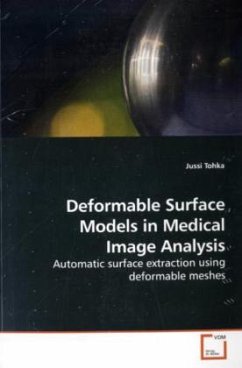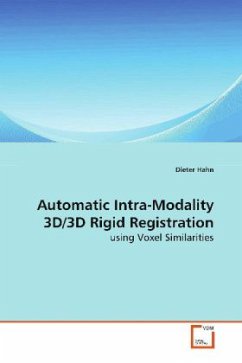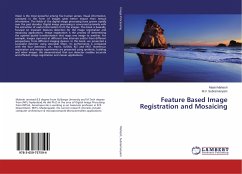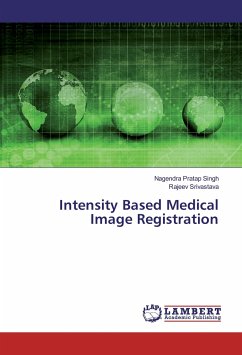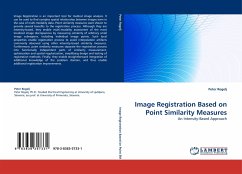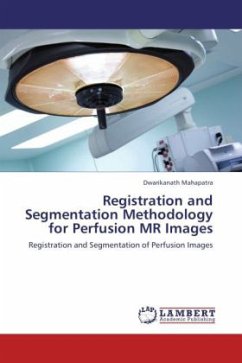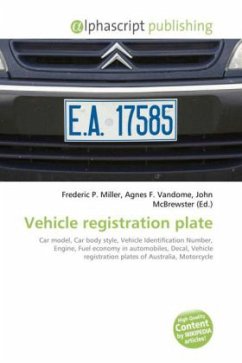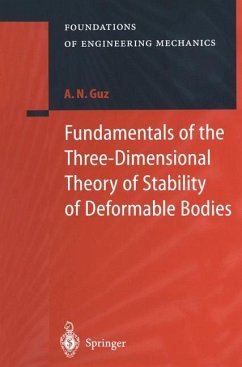
A Deformable Finite Element Model for Breast Image Registration
An Application on MRI/PET Breast Images
Versandkostenfrei!
Versandfertig in 6-10 Tagen
32,99 €
inkl. MwSt.

PAYBACK Punkte
16 °P sammeln!
Breast cancer is the most common form of cancer amongwomen. X-ray mammography is the primary and highlysensitive but not very specific way to screen anddiagnose it, and in some cases additional imaging andbiopsies are necessary. It is desirable to have analternative non-invasive method to follow upequivocal or difficult to interpret X-ray mammograms,or any inconclusive breast examination.Tomographic medical imaging modalities such as CT,MRI, PET and SPECT provide highly specialized andcomplementary information to screen and diagnosebreast cancer. More complete information about thevolumes of i...
Breast cancer is the most common form of cancer among
women. X-ray mammography is the primary and highly
sensitive but not very specific way to screen and
diagnose it, and in some cases additional imaging and
biopsies are necessary. It is desirable to have an
alternative non-invasive method to follow up
equivocal or difficult to interpret X-ray mammograms,
or any inconclusive breast examination.
Tomographic medical imaging modalities such as CT,
MRI, PET and SPECT provide highly specialized and
complementary information to screen and diagnose
breast cancer. More complete information about the
volumes of interest can be provided by registration
and fusion of multiple image volumes created by
different modalities. Therefore, image-processing
techniques and algorithms are needed to estimate
geometrical differences between 3D scans of the same
region of interest in different or in the same
modalities and to register them.
In this book, a new image acquisition and processing
protocol, and a method, which relies on a finite
element method deformable breast model and a set of
fiducial skin markers placed on the breast surface
for nonrigid 3D breast image registration is presented.
women. X-ray mammography is the primary and highly
sensitive but not very specific way to screen and
diagnose it, and in some cases additional imaging and
biopsies are necessary. It is desirable to have an
alternative non-invasive method to follow up
equivocal or difficult to interpret X-ray mammograms,
or any inconclusive breast examination.
Tomographic medical imaging modalities such as CT,
MRI, PET and SPECT provide highly specialized and
complementary information to screen and diagnose
breast cancer. More complete information about the
volumes of interest can be provided by registration
and fusion of multiple image volumes created by
different modalities. Therefore, image-processing
techniques and algorithms are needed to estimate
geometrical differences between 3D scans of the same
region of interest in different or in the same
modalities and to register them.
In this book, a new image acquisition and processing
protocol, and a method, which relies on a finite
element method deformable breast model and a set of
fiducial skin markers placed on the breast surface
for nonrigid 3D breast image registration is presented.



